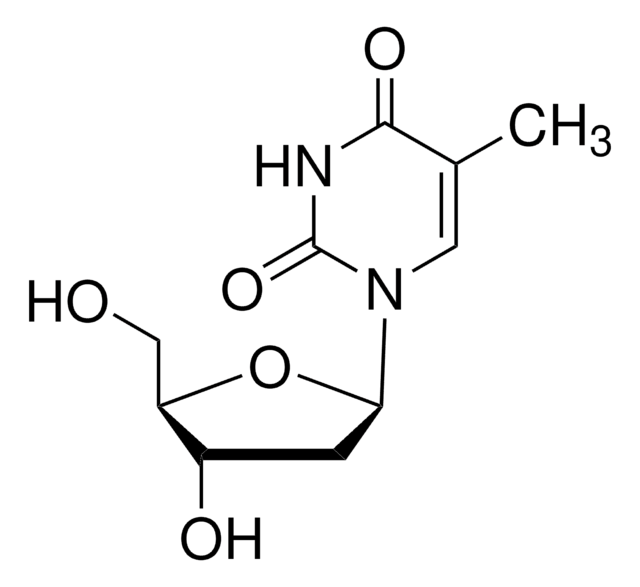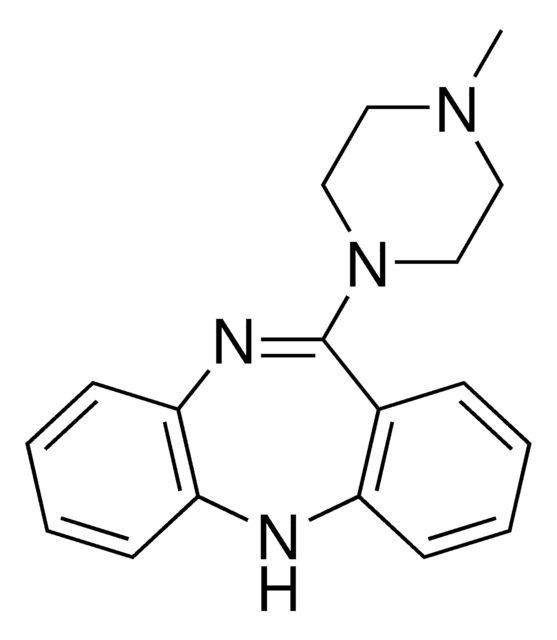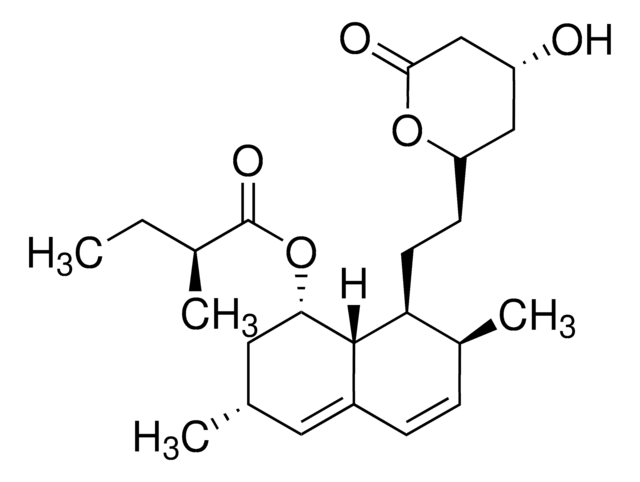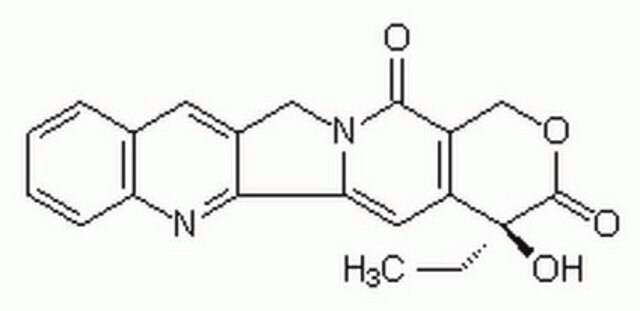Kluczowe dokumenty
M0253
L-Mimosine from Koa hoale seeds
≥98%
Synonim(y):
(S)-α-Amino-β-[1-(3-hydroxy-4-oxopyridine)]propionic acid, Leucenol
About This Item
Polecane produkty
Próba
≥98%
ciąg SMILES
N[C@@H](CN1C=CC(=O)C(O)=C1)C(O)=O
InChI
1S/C8H10N2O4/c9-5(8(13)14)3-10-2-1-6(11)7(12)4-10/h1-2,4-5,12H,3,9H2,(H,13,14)/t5-/m0/s1
Klucz InChI
WZNJWVWKTVETCG-YFKPBYRVSA-N
Opis ogólny
Zastosowanie
Działania biochem./fizjol.
Hasło ostrzegawcze
Warning
Zwroty wskazujące rodzaj zagrożenia
Zwroty wskazujące środki ostrożności
Klasyfikacja zagrożeń
Acute Tox. 4 Oral
Kod klasy składowania
11 - Combustible Solids
Klasa zagrożenia wodnego (WGK)
WGK 3
Temperatura zapłonu (°F)
Not applicable
Temperatura zapłonu (°C)
Not applicable
Środki ochrony indywidualnej
dust mask type N95 (US), Eyeshields, Gloves
Wybierz jedną z najnowszych wersji:
Masz już ten produkt?
Dokumenty związane z niedawno zakupionymi produktami zostały zamieszczone w Bibliotece dokumentów.
Klienci oglądali również te produkty
Produkty
We present an article about how proliferating cells require the biosynthesis of structural components for biomass production and for genomic replication.
Nasz zespół naukowców ma doświadczenie we wszystkich obszarach badań, w tym w naukach przyrodniczych, materiałoznawstwie, syntezie chemicznej, chromatografii, analityce i wielu innych dziedzinach.
Skontaktuj się z zespołem ds. pomocy technicznej
















